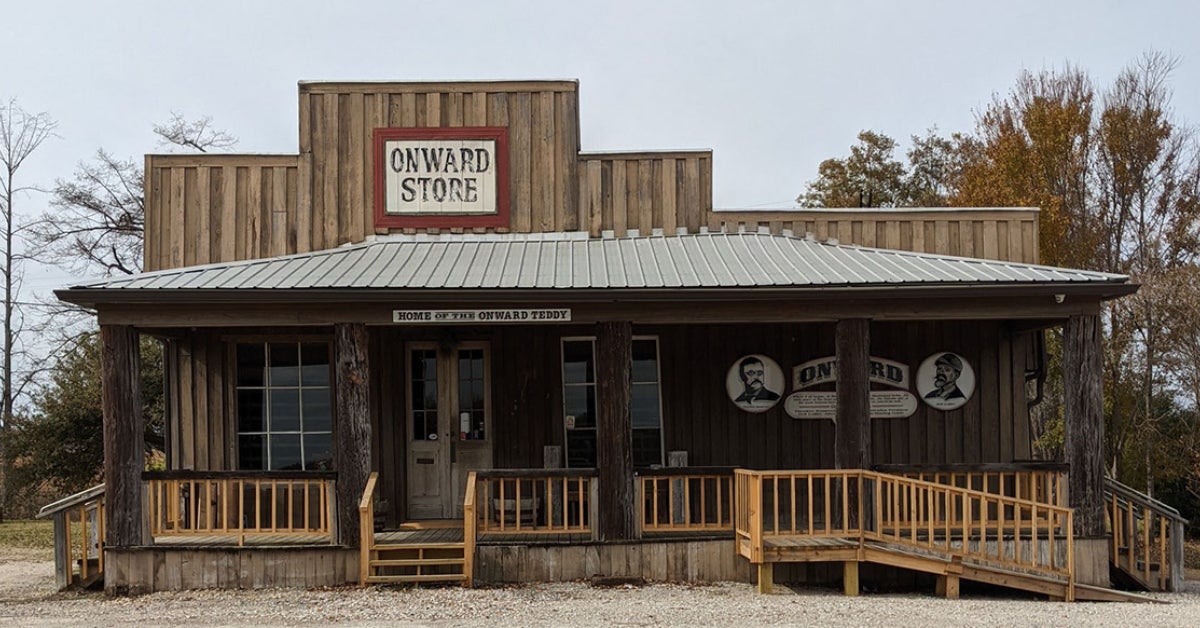Late rains slow area harvests, but farmers, others optimistic
Published 12:00 am Friday, October 18, 2002
[10/17/02]Late-season rains have again hampered harvests around Vicksburg, but some optimism remains.
“Everybody that still has cotton in the field has had considerable damage,” said Billy Aden, who farms in Warren and Issaquena counties.
Rainfall averages for Warren County are 3.18 inches for September and 3.78 for October. This year, the total for September was 8.15 inches and 6.97 so far for October.
“We’ve had 15 1/2 inches of rain since this thing began,” Ballground Plantation owner B.N. Simrall III said. “With two hurricanes and that much rain, you’re lucky to have anything left.”
“Cotton, soybean and rice crops have suffered a lot,” said agronomist John Coccaro.
Still, Warren County extension director Terry Rector said he doesn’t expect the damage to be as bad as farmers have seen in other years, including 2001 when cotton and soybeans molded and rotted because it was too wet for harvesting machinery.
“We don’t expect crops to be as bad as the worst-case scenario we imagined,” said Rector.
Cotton was ready to be picked about the time the storms Isidore and Lili blew through during successive weeks, which meant the boll was open and vulnerable to the environment, said Coccaro.
Rain creates spots on cotton, which lowers the grade of cotton. Cotton is graded on its color, strength, length and fineness, said Issaquena County extension director Robert Martin.
“The grade of cotton, I’m afraid, has gone to heck because of the rain,” Simrall said.
Until all the cotton is harvested, the grade remains to be seen, but Simrall said he expects it to be discounted “big time.”
A spot price quotation for standard quality cotton Wednesday was 40 cents per pound, Coccaro said. Martin said he expects the damaged cotton to be sold about 10 cents cheaper than a standard grade cotton.
“That 10 cents is probably the difference between being able to pay the crop loan back and not,” Martin said. “It’s a substantial difference.”
“Anytime you have two weeks of rain or anything that keeps you from harvesting mature crops, the quality can only go down,” Rector said.
Soybeans were ready to be harvested when the rain began and farmers simply weren’t able to get to them because of the rain, Martin said.
When left in the fields, the soybeans start to germinate and fungus will grow on the beans, Martin said.
Cocarro said soybeans are sold per bushel. According to the Mississippi Daily Grain Report, soybeans could be sold for $5.37 per bushel Wednesday.
After the storms, rice was almost laying down in the fields, making it difficult for farmers to harvest, Coccaro said.
Rice is sold per hundred pounds. There are about 45 pounds in a bushel of rice, he said.
Most corn crops were already harvested when the tropical storm systems began.
Farmers could receive federal assistance for the crops once the Department of Agriculture determines the damage, Martin said.
“Any help they can get will help,” Martin said.
Still, Simrall says there’s nothing farmers can do about the damage.
“You can take your lumps and cry about it but the damage is done,” said Simrall.
Since Hurricanes Lili and Isadore have passed, Warren County has received .58 inches over the total for October’s normal average.
“We haven’t been able to harvest much cotton since Lili,'” Coccaro said. “It’s still pretty wet in some spots and some fields still have water standing in them.”
“The best we can hope for is for it to stay dry, sunshiny, with a light breeze and the temperatures to stay mild or cool,” Rector said.





